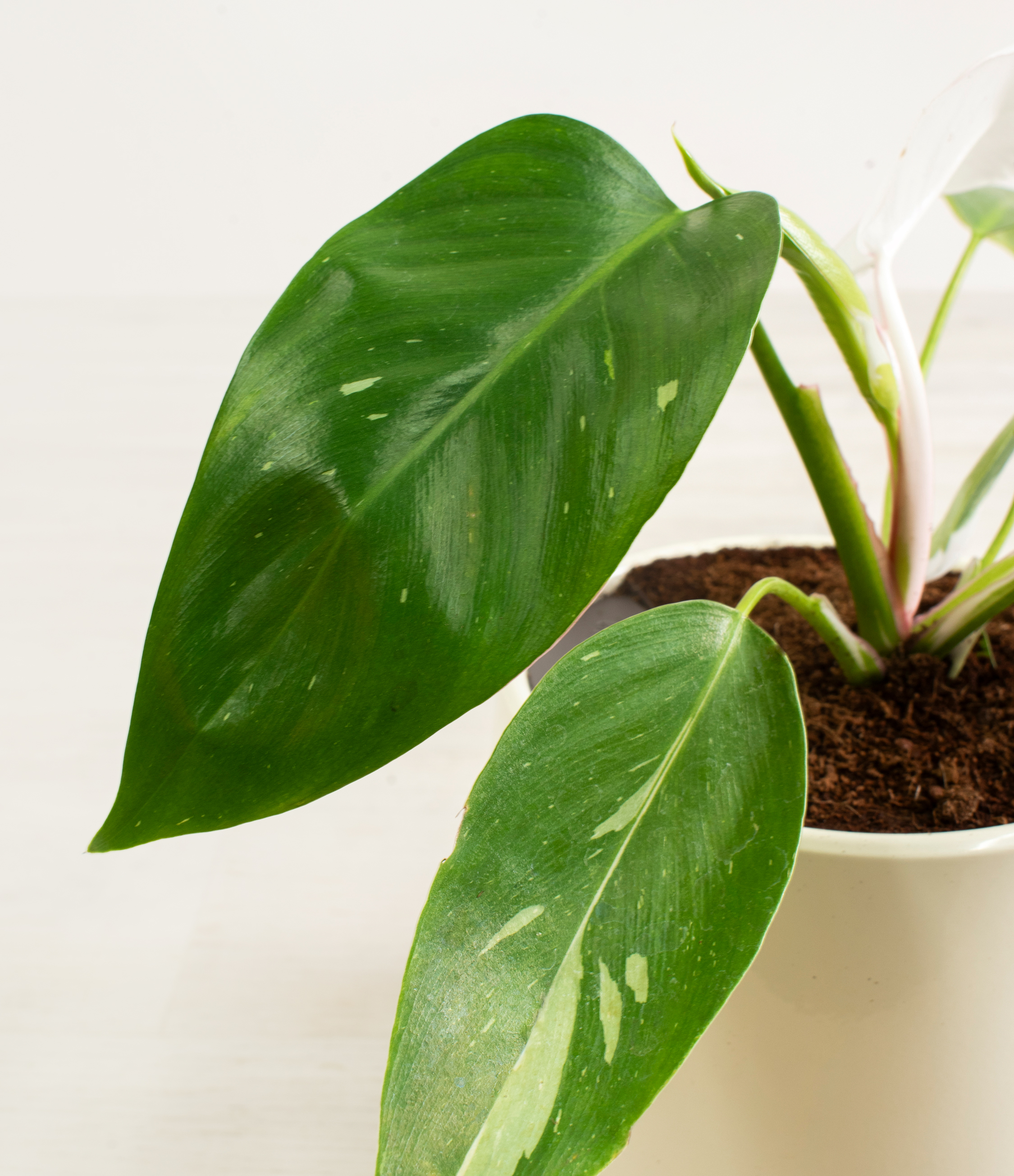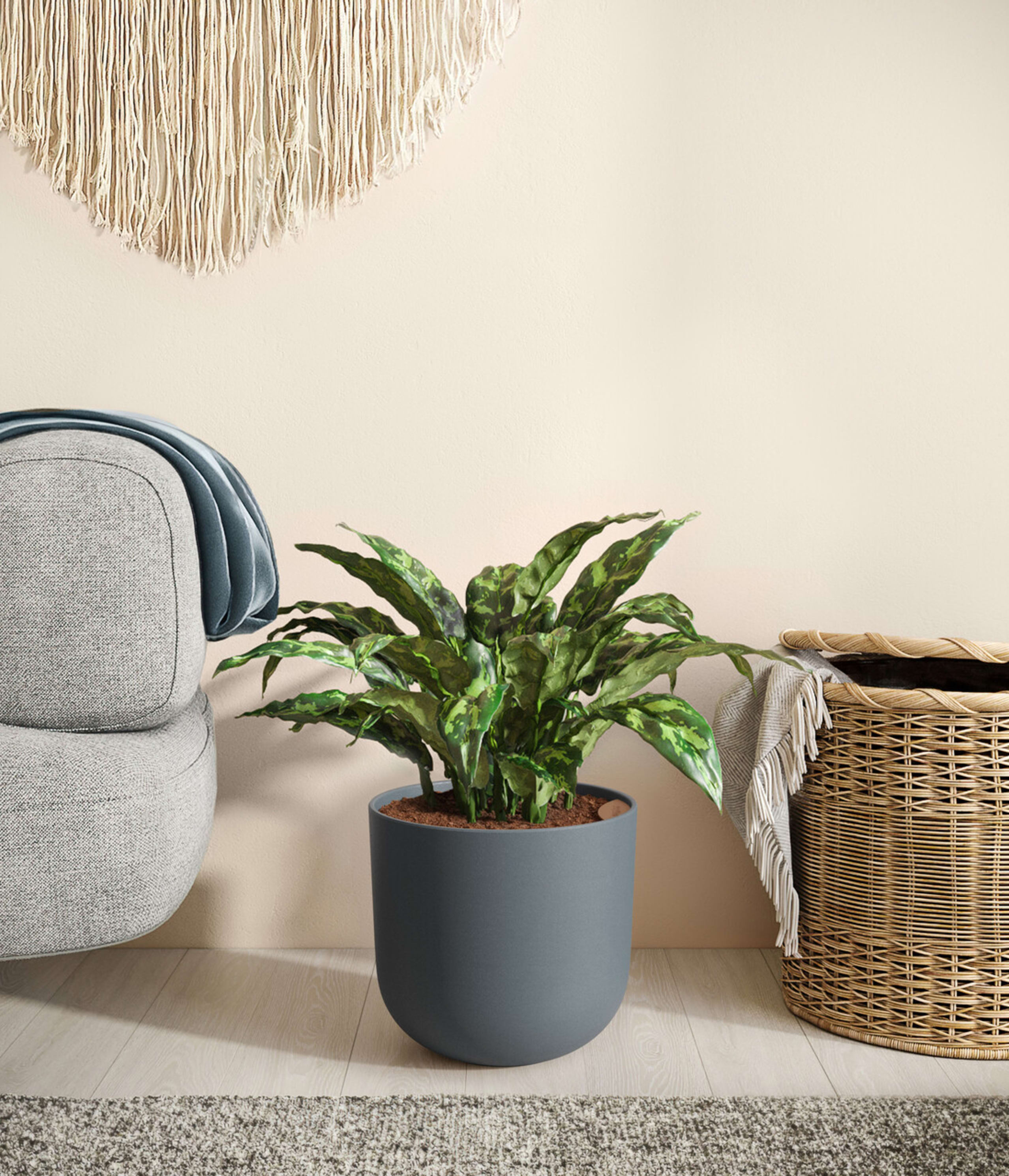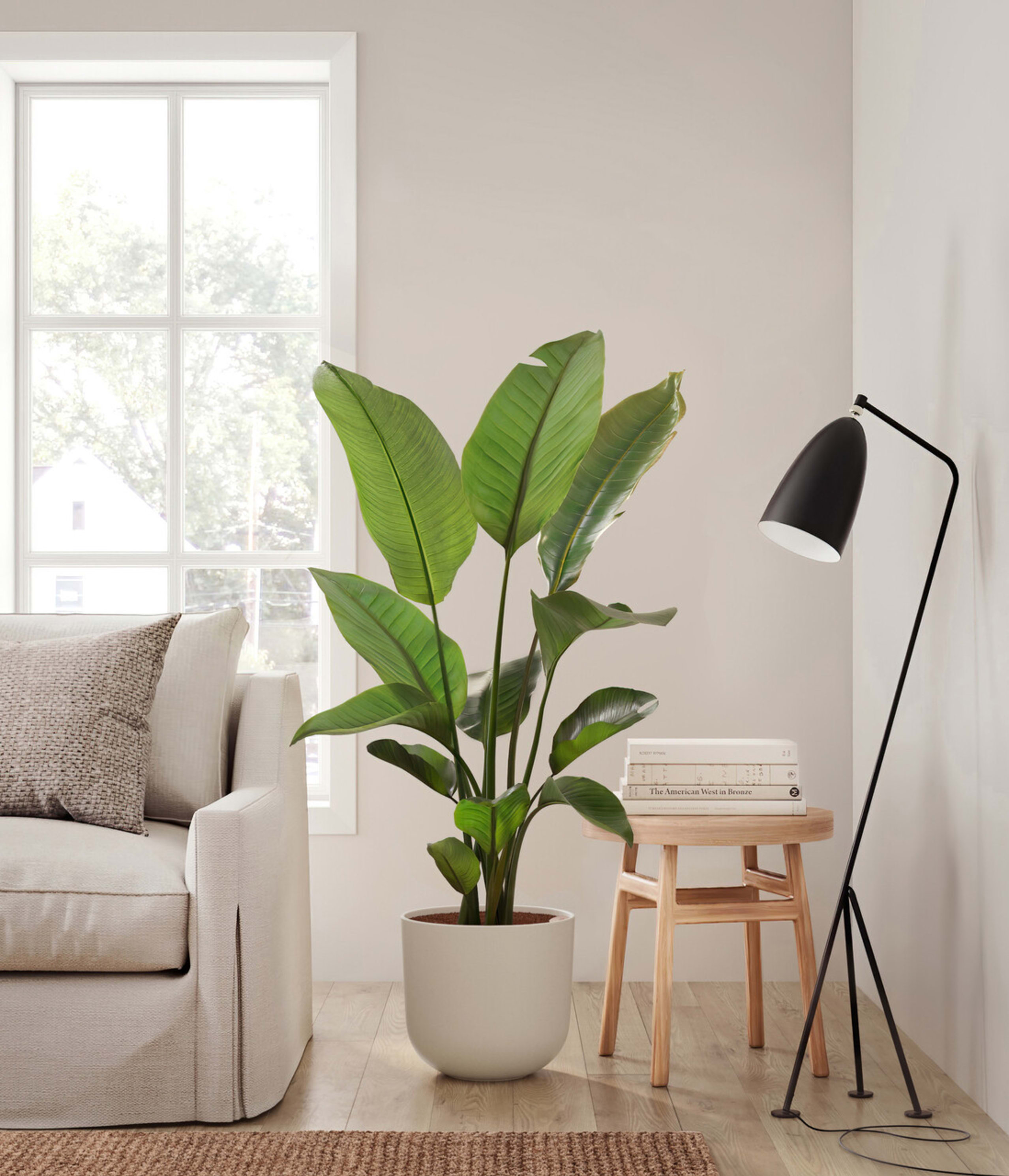How to Care for White Princess Philodendron
About White Princess Philodendron
A rare gem from the tropical rainforests of Central and South America, the White Princess Philodendron is a show-stopping plant. Each leaf unravels as a blend of dark green and iridescent white, with every leaf exhibiting a distinct pattern. This climbing beauty, when given the proper care and support, can transform any indoor space into a botanical haven. While its mesmerizing appearance might suggest otherwise, the White Princess is quite accommodating, making it a choice pick for both novice and veteran plant enthusiasts.
Other common names
- White Princess
- White Princess Philodendron
- WPP
- Royal White Philodendron
How Often Should I Water My White Princess Philodendron?
With easyplant, watering your White Princess Philodendron is a breeze. Simply check the easyplant reservoir once a month. When you notice it's empty and that the top inch of soil is dry, fill it up, and you're good to go!
White Princess Philodendron Light Needs
Philodendron White Princess grows best in a space with bright indirect light, where the sun rays are diffused. Avoid placing it in spaces with low light, direct sunlight or spaces without natural light.
White Princess Philodendron Plant Care
On its first few days at home, the White Princess might shed a leaf or two as it acclimatizes to its new environment. This is a natural adjustment period and shouldn't cause alarm. This philodendron variant is resilient and forgiving, often bouncing back from minor care lapses. Dusting the leaves is essential. Clean leaves enable efficient photosynthesis and amplify the plant's inherent beauty. Moreover, it can help prevent pests. Rotating the plant by a quarter turn monthly ensures uniform growth and exposure to light. If the plant appears excessively dense, occasional pruning can help it maintain its elegance while also fostering healthier growth.
How Big Does a White Princess Philodendron Grow?
With its inherent climbing nature, the White Princess Philodendron displays a vertical growth tendency, eagerly seeking support structures. In ideal indoor conditions, it can achieve a height of 2-3 feet. The White Princess isn't the fastest grower but consistently produces leaves, each one potentially showcasing a unique variegation pattern.
Temperature & Humidity
Mimicking the White Princess’s native tropical environment is key. The White Princess thrives at temperatures ranging between 65°F to 75°F. While it can handle minor temperature fluctuations, avoiding extremes is best. Humidity levels of 60-80% are ideal. Dry environments might necessitate the use of a humidifier or a water-filled pebble tray.
Are White Princess Philodendrons Toxic for Pets & Kids?
Yes, White Princess Philodendron is toxic if ingested. Like its philodendron siblings, the White Princess has calcium oxalate crystals which, when consumed, can irritate the mouth and digestive system. Always keep this plant away from curious pets and children
Troubleshooting Common Problems with White Princess Philodendron
If you notice the vibrant white variegation on the leaves of your White Princess Philodendron starting to fade, it might be an indication that your plant is not receiving enough light. Consider relocating it to a spot where it can receive more indirect light exposure. If you notice brown or yellowing leaves, it’s often a tell-tale sign of overwatering. Before you add more water, it's essential to check the moisture level of the soil and ensure that it has dried out sufficiently from the previous watering. Like many houseplants, the White Princess is susceptible to pests such as aphids, spider mites, and mealybugs. Regular cleaning of the leaves can aid in preventing these pests from developing. If you notice the edges of the leaves turning brown, it may suggest that the surrounding air is too dry. To remedy this, try to elevate the humidity around the plant, either by placing it closer to other plants, using a humidifier, or placing it near a tray filled with water and pebbles. Keeping a keen eye on these signs and responding accordingly can ensure your White Princess remains healthy and continues to thrive.
Frequently Asked Questions about Philodendron White Princess Plant
- Is Philodendron White Princess rare?
Philodendron White Princess is considered somewhat rare and highly sought after by collectors due to its beautiful variegation. Its rarity can vary based on your region and the current demand in the houseplant market.
- What is the difference between White Wizard and White Princess?
The main difference between Philodendron White Wizard and White Princess lies in their variegation and stem color. White Wizard tends to have more stark white variegation and typically features solid green stems with occasional white streaks. White Princess often has a more blended variegation of white and green on the leaves and can have pink or purple hues on the stems.
- How do you care for a Philodendron White Princess?
For easyplant users, simply fill the water reservoir once a month. Philodendron White Princess thrives in bright, indirect sunlight and appreciates a warm, humid environment. Keep the plant in a well-lit room away from direct sunlight to prevent leaf burn. Regularly clean the leaves to allow for efficient photosynthesis and check the soil moisture before refilling the easyplant system to avoid waterlogging.

 Small Plants
Small Plants Medium Plants
Medium Plants Plants Collections
Plants Collections Large Plants
Large Plants Huge Plants
Huge Plants